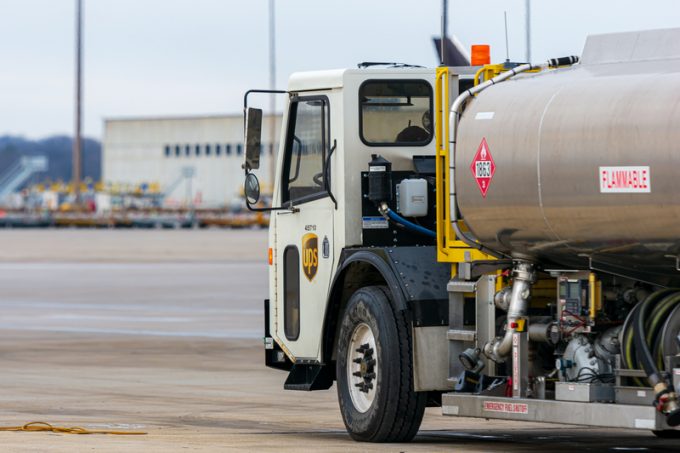Cargolux eyes move into SAF production and distribution
Cargolux is looking to expand its business activities, including getting into the production and distribution ...

Shippers should urge their airfreight providers to consider emissions – and they could see a big CO2 saving by choosing secondary airports.
Research by Chicago Rockford (RFD), the upstart Illinois airport, shows aircraft use less fuel and emit less CO2 and other pollutants at smaller facilities ...
CMA CGM South Korean staff strike over bonuses after bumper 2024 profit
MSC switches two more Asia-Europe port calls from congested Antwerp
CMA airline returns two freighters, while ANA takeover of NCA looms
Nightmare for Bangladeshi exporters as congestion and tariffs bite
Tradelanes: Export boom in Indian sub-continent triggers rise in airfreight rates
Mexican airport modernisation plan unlikely to boost cargo facilities
Carriers introduce surcharges as congestion builds at African ports
Front-loading frenzy has made traditional H2 peak season 'unlikely'

Comment on this article